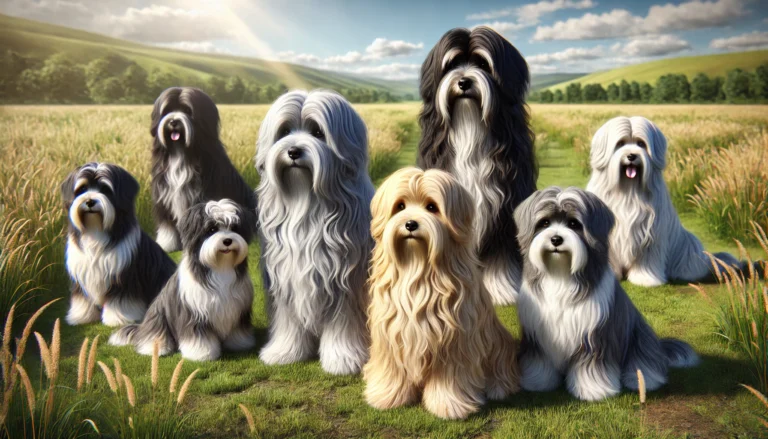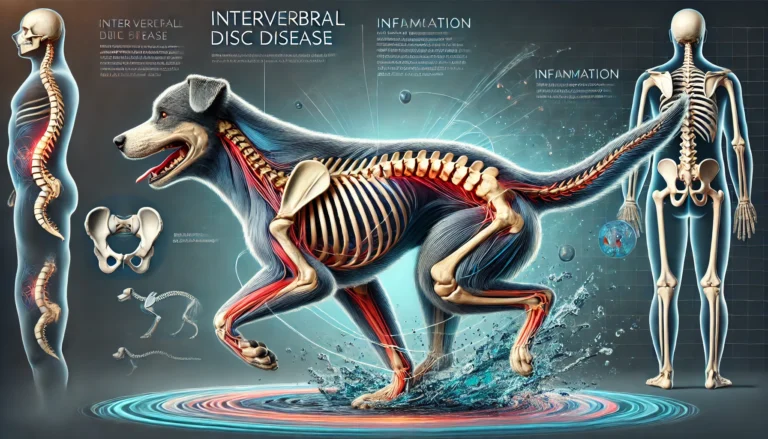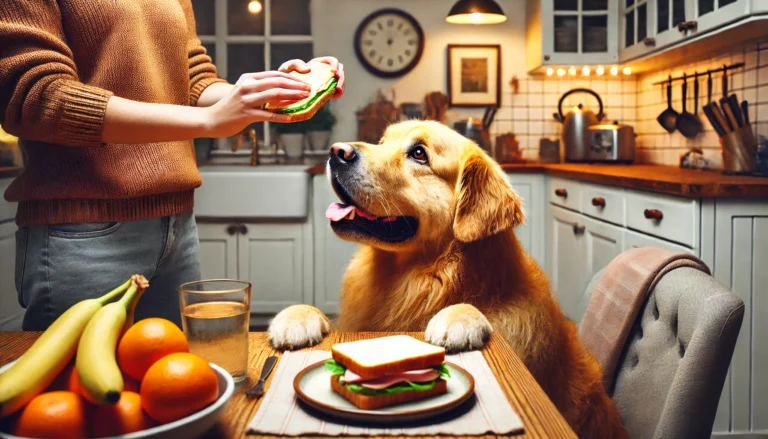How Many Calories Does a Dog Need?
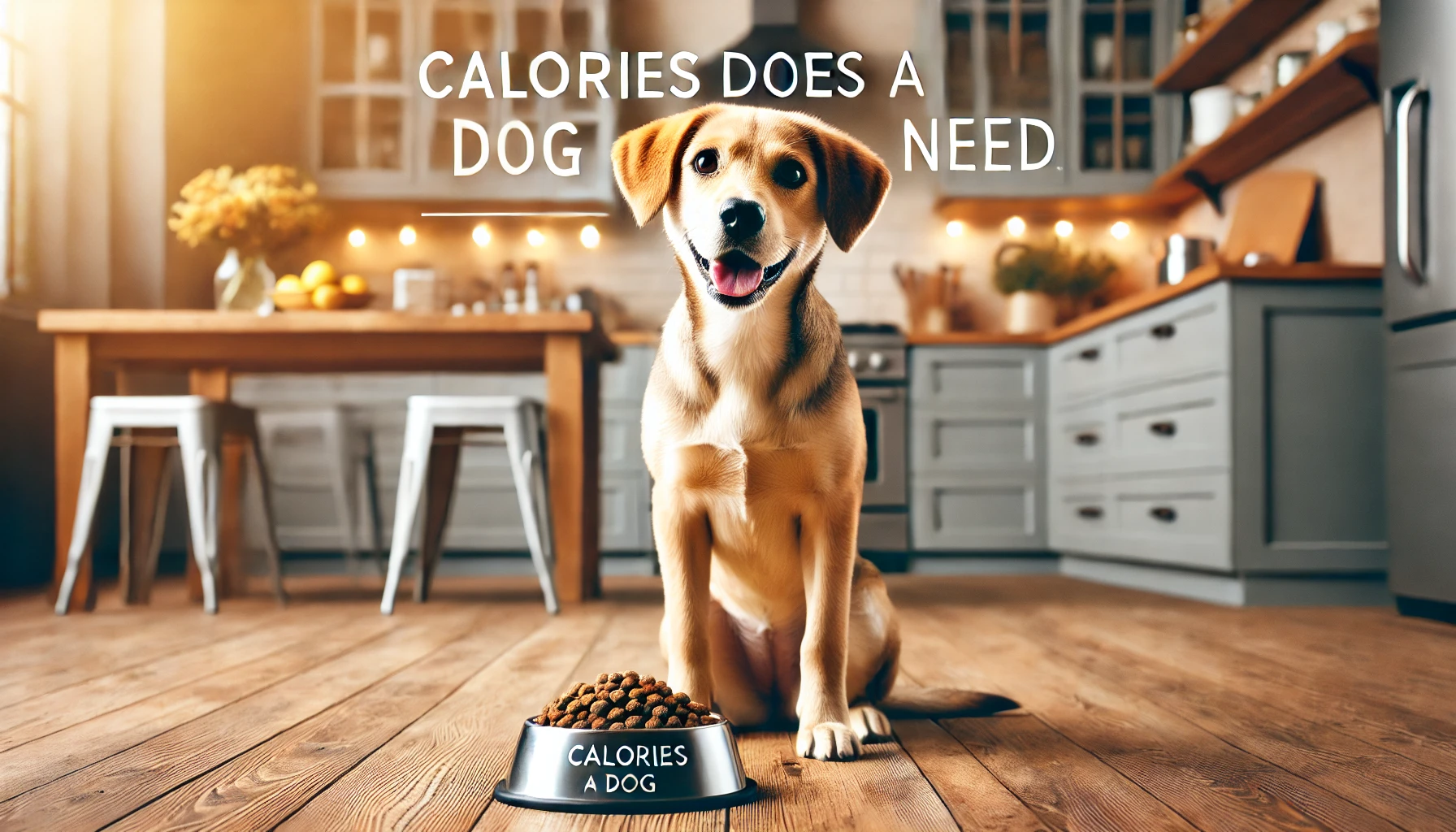
Calories Does a Dog Need
How Many Calories Does a Dog Need?YES!Calories are units of energy that our pets use to fuel their daily activities. Just as with humans, dogs need a balanced intake of calories to maintain their body functions, support growth and development, and ensure that they have the energy needed for daily activities. Feeding your dog the right number of calories helps prevent obesity, ensures proper growth in puppies, and supports healthy aging in senior dogs.
1.1. The Role of Calories Does a Dog Need in a Dog’s Diet
Calories are crucial because they provide the energy that dogs need for:
- Basic metabolic functions: Heartbeat, breathing, digestion, etc.
- Physical activity: Walking, running, playing, etc.
- Maintaining healthy body weight: Dogs that are overfed or underfed can suffer from health problems.
- Support for growth and reproduction: Puppies and pregnant dogs need extra calories for healthy development.
Understanding how many Calories Does a Dog Need your dog needs depends on their specific situation, and it’s essential to tailor their diet to their needs. Knowing how many calories should my dog eat helps ensure a proper balance of energy and nutrients.
2. Determining Your Dog’s Caloric Needs
Every dog is unique, and their calorie requirements will vary. Understanding the factors that affect your dog’s daily caloric intake is the first step toward providing a balanced diet.
2.1. Factors That Affect a Dog’s Caloric Requirements
There are several factors that can influence how many calories a dog needs. These include:
2.1.1. Age
- Puppies: Growing puppies have higher calorie needs to support rapid growth and development. They need an average calorie intake higher than adult dogs due to their energy-intensive growth phase. For example, a puppy calorie calculator can help determine the right intake for your dog’s specific growth stage.
- Adult dogs: The calorie requirement for adult dogs is based on their activity levels and weight. Adult dogs typically have a stable caloric intake but will still need adjustments based on lifestyle.
- Senior dogs: Older dogs may require fewer calories, but their nutritional needs often shift to support aging joints and metabolism. If your senior dog is sedentary, they may need a lower calorie intake, which can be calculated using a calorie needs for dogs formula.
2.1.2. Size and Breed
- Small breed dogs: These dogs have faster metabolisms and may require more calories per pound of body weight. For example, you might use a dog calorie intake calculator to determine the exact calories for small breeds.
- Large breed dogs: Larger dogs may burn more calories, but the total amount needed can vary depending on their activity level. Kcal calculator for dogs can help tailor a specific maintenance calorie intake calculator for them.
2.1.3. Activity Level
- Active dogs: Dogs that are regularly active, such as working dogs or sporting breeds, will require more calories than sedentary dogs. The calorie calculator dogs feature can help you adjust intake based on how much your dog exercises each day. For example, active breeds like Border Collies or German Shepherds will have significantly higher daily energy needs. If you are unsure about how much exercise your dog gets, using a daily exercise calculator for your dog might be helpful.
- Sedentary dogs: Dogs that are less active, like older dogs or those with health issues, will require fewer calories. The calorie needs per day calculator can help you find the right caloric requirements by age and weight.
2.1.4. Health Conditions
- Dogs with specific health conditions, such as diabetes or hypothyroidism, may have altered calorie requirements. Always consult your veterinarian if your dog has special dietary needs. A calorie intake calc or a calorie calculator for gaining weight might be useful if your dog is underweight or suffering from a health condition that affects metabolism.
2.2. Calculating Your Dog’s Daily Caloric Needs
There are different methods for calculating your dog’s daily caloric needs. The most common formula used is the Resting Energy Requirement (RER), which is the amount of energy a dog needs to function at rest.
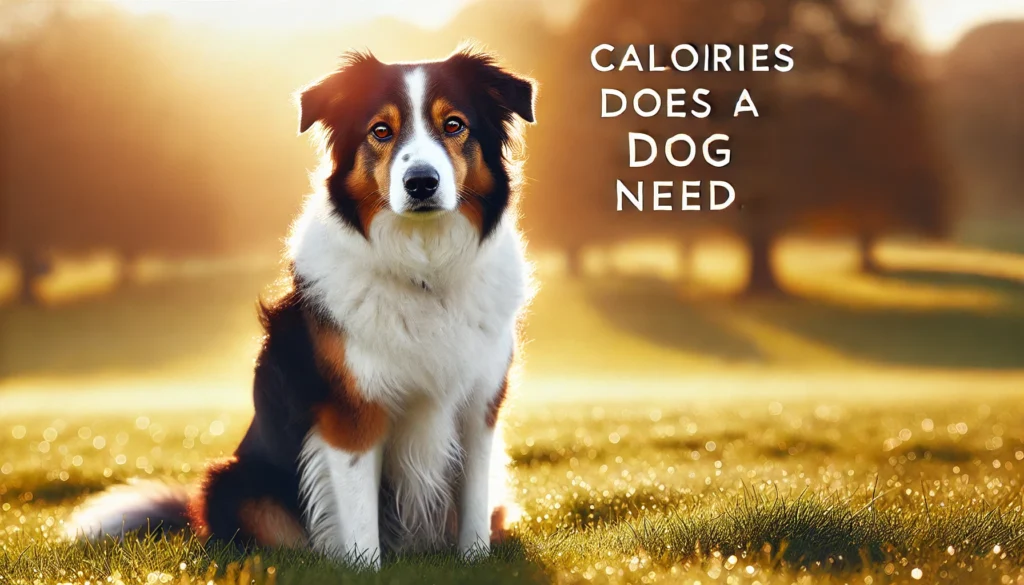
2.2.1. The RER Formula
The formula for calculating RER is:RER=70×(Body weight in kg)0.75RER = 70 \times (\text{Body weight in kg})^{0.75}RER=70×(Body weight in kg)0.75
Once the RER dog is determined, you can calculate the Total Daily Energy Requirement (TDER) by multiplying the RER by an activity factor. This is one of the most accurate ways to determine how many kilocalories your dog needs.
For example, if a dog weighs 10 kg (22 lbs), the RER calculation dog would be:RER=70×(10)0.75=70×5.62=393.4 kcal/dayRER = 70 \times (10)^{0.75} = 70 \times 5.62 = 393.4 \text{ kcal/day}RER=70×(10)0.75=70×5.62=393.4 kcal/day
Multiplying by the appropriate activity factor (say 1.6 for a neutered adult dog):TDER=393.4×1.6=629.4 kcal/dayTDER = 393.4 \times 1.6 = 629.4 \text{ kcal/day}TDER=393.4×1.6=629.4 kcal/day
This calculation would suggest that the dog requires 629.4 kcal per day to maintain their current weight.
You can use an online dog calorie intake calculator to determine the daily calorie needs to lose weight or adjust for specific health goals, such as weight loss or gaining muscle mass.
3. Special Considerations in Canine Caloric Needs
3.1. Puppies and Their Growing Needs
Puppies have different energy requirements than adult dogs due to their growth and development. They require more calories does a dog need to fuel rapid physical growth, as well as brain development and immune system strengthening.
3.1.1. How Much Should You Feed a Puppy?
The exact number of calories a puppy needs will depend on their breed size:
- Small breed puppies: Typically need around 50-60 kcal per pound of body weight per day.
- Medium breed puppies: Require around 40-50 kcal per pound per day.
- Large breed puppies: Generally need around 30-40 kcal per pound per day.
To determine the proper amount of food, you can use a puppy calorie calculator to figure out the required daily caloric intake.
4. Obesity in Dogs and How to Avoid Overfeeding
4.1. Recognizing Obesity in Dogs
Obesity in dogs is a growing concern, and it can lead to serious health problems such as joint issues, heart disease, and diabetes. Overfeeding, lack of exercise, and giving high-calorie treats are some of the main contributors to obesity in dogs.
4.1.1. How to Know if Your Dog Is Overweight
Signs of an overweight dog include:
- A visible “belly” with an absence of a clear waistline.
- Difficulty breathing or labored breathing.
- Reduced energy levels and unwillingness to exercise.
- Fat deposits around the rib cage or neck area.
If you suspect your dog is overweight, the first step is to consult your veterinarian for a proper diagnosis and weight management plan. You can use a maintenance calorie intake calculator to ensure you’re feeding your dog the right amount based on their health status.
4.2. Managing Your Dog’s Weight
If your dog is overweight or underweight, adjusting their caloric intake can help. Use tools like the dog food nutrition calculator or daily kilocalorie requirement tools to find the right portion sizes.
4.2.1. Adjusting the Diet
Reducing the number of calories your dog consumes can be done by:
- Cutting back on treats and table scraps.
- Switching to a low-calorie dog food if necessary.
- Gradually reducing portion sizes to avoid sudden dietary changes.
5. Understanding Dog Food Labels and Caloric Content
5.1. How to Read Dog Food Labels
Understanding the caloric content of your dog’s food is essential to ensure you’re not overfeeding or underfeeding. Pet food labels typically display the number of calories per cup or per serving. Keep in mind that the serving sizes can vary between brands and formulations, so be sure to check the specific caloric content.
For example, Hills Science Diet 11 calories dog calories may be listed on the food packaging. This can help you estimate how many calories your dog is consuming and adjust their diet accordingly.
DO YOU KNOW
Depression isn’t just a human condition. Dogs can experience dog depression, a serious emotional issue that affects their behavior, mood, and overall well-being.
6. Common Mistakes to Avoid When Calculating Your Dog’s Caloric Intake
6.1. Overestimating or Underestimating Activity Level
Sometimes, pet owners either overestimate or underestimate their dog’s activity level, leading to incorrect calorie calculations. Be realistic about your dog’s daily exercise and adjust their caloric intake accordingly. The daily caloric need can be easily figured out using the dog macro calculator or the calorie intake for adult male tools.
6.2. Not Adjusting Calories as Your Dog Ages
As dogs age, their activity levels often decrease. If you don’t adjust their calorie intake, they can become overweight, which can lead to serious health problems. Using a dog food calorie counter will allow you to easily calculate how much food your dog should be eating per day to maintain a healthy weight.
Conclusion
The number of calories your dog needs depends on various factors including age, breed, size, activity level, and overall health. By understanding these factors and using formulas to calculate your dog’s daily caloric intake, you can ensure they get the right amount of energy to stay healthy and active. It’s important to monitor your dog’s weight and health regularly and make adjustments to their diet as necessary.
If you are ever unsure of how to determine calorie intake, using a calorie calculator dogs or dog nutrition calculator is an excellent way to help you stay on track. Always consult with your veterinarian for specific dietary recommendations, especially if your dog has special health considerations.
How do I calculate how many calories my dog needs?
Once you have the RER, you multiply it by an activity factor (usually between 1.2 and 2.0 depending on your dog’s activity level) to get the Total Daily Energy Requirement (TDER). This helps you calculate the exact number of calories your dog needs to stay healthy. Understanding calories does a dog need is essential for maintaining a balanced diet that supports their energy expenditure.
How many calories a day should a dog eat?
The daily calorie requirement for a dog depends on several factors such as size, age, activity level, and health. Generally, a medium-sized adult dog with moderate activity will need around 30 calories per pound of body weight. Larger dogs may require fewer calories does a dog need per pound due to their size, while small breed dogs need more calories per pound. For example, a 20-pound dog would need around 600 calories a day, while a 50-pound dog would need about 1,500 calories. By calculating the exact calories does a dog need, you can ensure your dog stays at a healthy weight and gets enough energy for its activities.
How many calories does a dog need per kg?
The number of calories a dog needs per kilogram of body weight varies based on age, activity level, and health. On average, dogs require about 60-70 kcal per kilogram of body weight per day for maintenance. For a sedentary dog, this number may be lower, while active dogs may require more. To get an accurate calculation of calories does a dog need per kg, you can multiply your dog’s weight in kilograms by the recommended kcal per kg. For instance, a 10 kg dog might require around 600-700 kcal per day, depending on its lifestyle. This ensures your dog stays healthy and energized.
Is 600 calories enough for a dog?
Whether 600 calories is enough for your dog depends on its size, activity level, and overall health. For a small or moderately active dog weighing around 10-12 pounds, 600 calories may be sufficient. However, for larger or more active dogs, 600 calories could be insufficient. Conversely, if your dog is a sedentary or senior dog, 600 calories does a dog need might be more than enough to maintain a healthy weight. To accurately determine how many calories does a dog need, you must consider factors like breed, age, and metabolism. Always monitor your dog’s weight and adjust the calorie intake if necessary.
How do I calculate my dog’s kcal kg day?
Once you have the RER, multiply it by an appropriate factor based on your dog’s activity level, typically between 1.2 and 2.0. For example, if your dog weighs 10 kg and has an activity factor of 1.5, you would calculate the RER first (70 x 10^0.75 = 397.6 kcal), then multiply by the activity factor: 397.6
×
1.5
=
596.4
397.6 \times 1.5 = 596.4397.6×1.5=596.4 kcal per day. Understanding calories does a dog need per kg is crucial for feeding your dog the right amount.
How many calories are in one egg?
One large egg contains approximately 70-80 calories. Eggs are a great source of protein and fat, making them a healthy addition to your dog’s diet in moderation. However, the exact amount of calories your dog needs can vary based on size, age, and activity level. If you’re incorporating eggs into your dog’s diet, ensure they fit within the daily calories does a dog need. Too many eggs can lead to excess calorie consumption, potentially leading to weight gain. As with all foods, balance and moderation are key when adding high-calorie items like eggs to your dog’s meals.
What is the best calories for dogs?
The best calories does a dog need are those that come from high-quality, balanced sources of protein, fat, and carbohydrates. A dog’s diet should ideally include lean meats (like chicken, beef, and fish), healthy fats (like fish oil or flaxseed), and digestible carbohydrates (like sweet potatoes or rice). The exact caloric content should be adjusted based on your dog’s individual needs, which depend on their weight, age, and activity level. High-quality dog foods often provide a balanced ratio of nutrients, ensuring that dogs get both the right amount of calories does a dog need and the essential vitamins and minerals they require for optimal health.
What is cal vs kcal?
In the context of dog food, “cal” and “kcal” are often used interchangeably, but they refer to different measurements of energy. A calorie (cal) is a smaller unit of energy, while a kilocalorie (kcal) is equal to 1,000 calories does a dog need. In nutrition and pet food, kcal is the standard unit used to express energy content because it more accurately represents the energy needs of a dog. When calculating calories does a dog need, it’s important to consider kcal, as this will reflect the total energy your dog requires for maintaining health, growth, and activity levels.
Why is my dog always hungry?
If your dog is constantly hungry, it could be a sign of various underlying factors. One possibility is that they are not consuming enough calories does a dog need to meet their energy needs. If your dog is highly active or undergoing growth (such as puppies or working dogs), they might require more calories does a dog need than what they are currently being fed. Another reason could be a medical condition like diabetes or hyperthyroidism, which affects metabolism and hunger. Additionally, dogs may exhibit increased hunger if their food lacks proper nutrients, such as protein or fat. If you notice excessive hunger, it’s important to consult a vet to rule out health issues.




